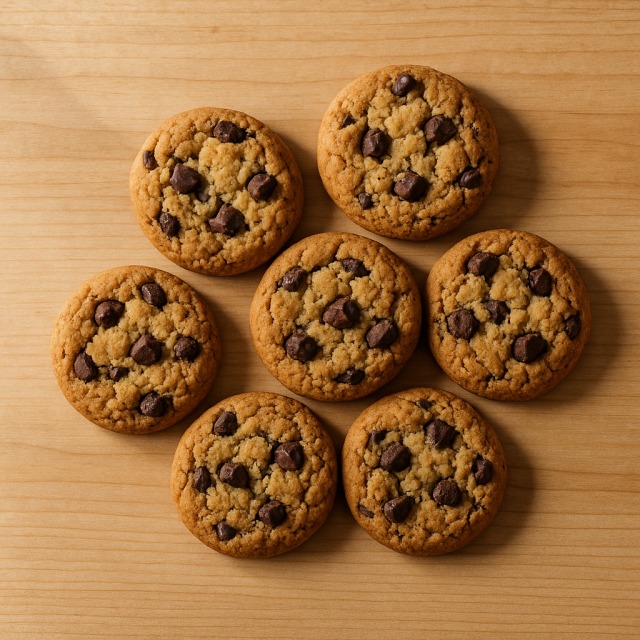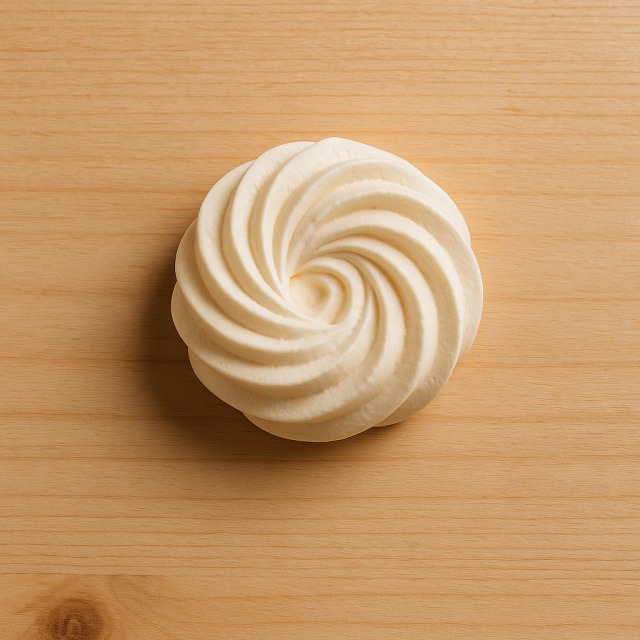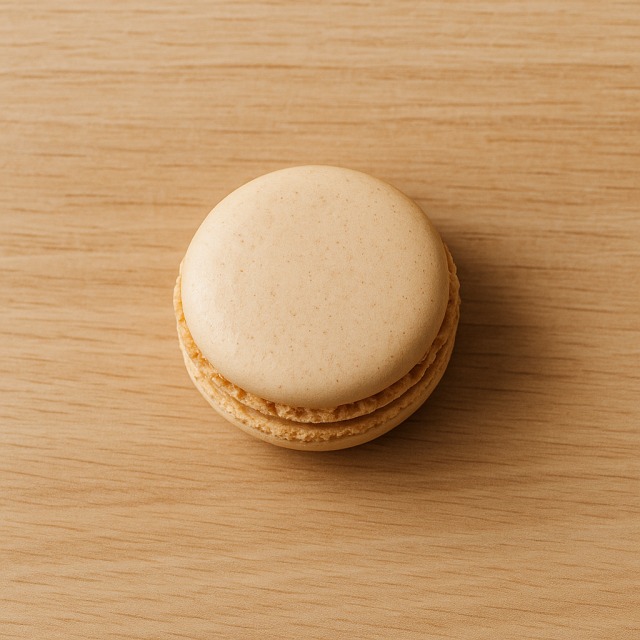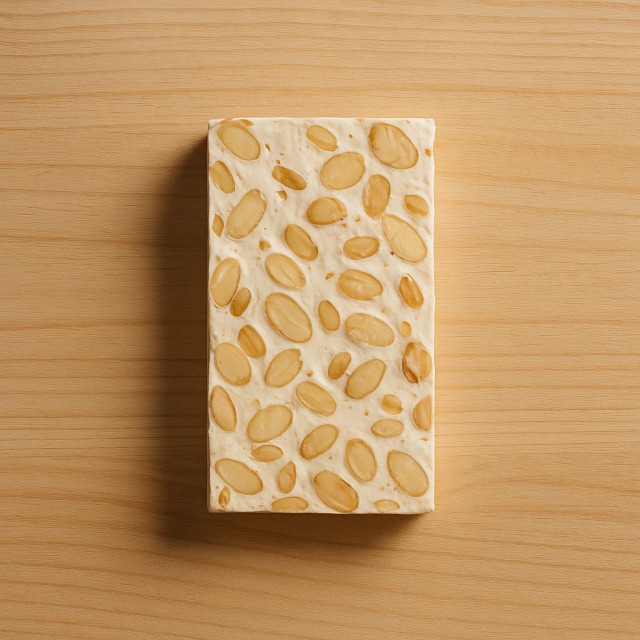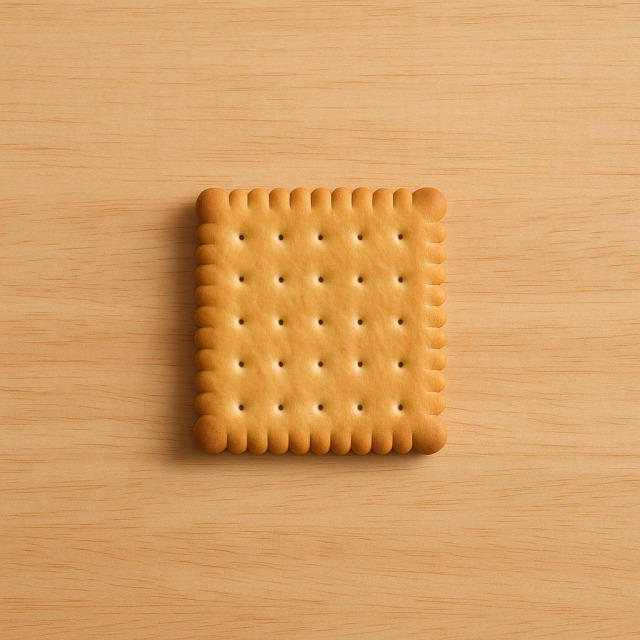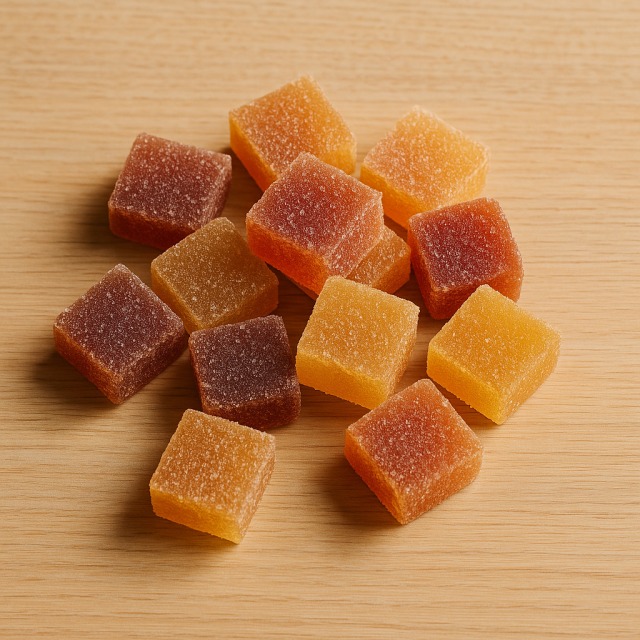Calorie Chart / Breakfast, Snacks / Madeleine
How Many Calories Are in Madeleine?
Calculation of the nutritional value & Recommended Dietary Intake of madeleine
For g and a calorie requirement of kcal
| Calories 118 kcal | Proteins 1.8 g | Lipids 6.9 g | Carbohydrates 12 g |
| 6% | 2% | 10% | 4% |
Health benefits of madeleine
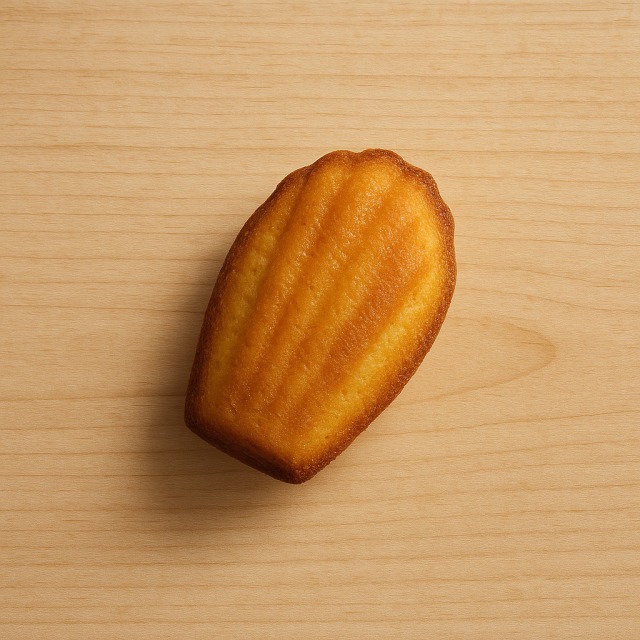
Madeleine - 100g
Calories 472 kcal
Proteins 7.2 g
Lipids 27.6 g
Carbohydrates 48 g
Originally from Lorraine, the madeleine is a small sponge cake whose characteristic shell shape hides a significant energy density: at 472 kcal per 100 g, it is clearly a high-calorie choice. This information on calories is essential for anyone monitoring daily calories, whether to limit them or to replenish them after intense exercise.
The batter relies on eggs, a source of high-quality proteins and of vitamin B2, vitamin B12, and selenium, nutrients that help reduce tiredness and support normal immunity. Butter delivers vitamin A (important for vision and skin) and traces of vitamin D, while wheat flour brings manganese and phosphorus. Even if the madeleine is rich in calories, its simple carbohydrates provide quick energy that endurance athletes sometimes look for between two training sessions—always with calories counted, of course.
Culinary historians report that the cake was popularized in the 18th century when Madeleine Paulmier baked it for Stanisław Leszczyński, former king of Poland. The French writer Marcel Proust later immortalized it, adding a cultural benefit to the already plentiful calories of each bite.
Tips for incorporating madeleine into a balanced diet
Because madeleine calories accumulate fast, portion control is key: one 25 g piece represents roughly 118 kcal. Enjoy it at breakfast with a cup of coffee or a glass of orange juice, plus a bowl of fruit salad to add fiber without too many extra calories. This balanced trio keeps total breakfast calories reasonable while supplying vitamins and minerals.
For a lighter afternoon snack, crumble one madeleine over plain yogurt and fresh berries; the proteins slow down the absorption of the madeleine's calories and improve satiety. Another idea is to dip half a madeleine in melted dark chocolate; the intense cocoa flavor means you need less cake, effectively trimming calories.
If you bake at home, replace 30% of the butter with unsweetened apple purée: the texture stays moist while reducing both lipids and calories. You can also add grated lemon zest for flavor without adding calories. Finally, pair a madeleine dessert with a side of raspberry coulis instead of whipped cream to keep calories under control.
Frequently Asked Questions
- How many calories are in madeleine?
- There are 472 kcal per 100 g, so its calories place it among the richer pastries.
- Are madeleines compatible with a weight-loss diet?
- The calories are high, but a single 25 g madeleine (about 118 kcal) can fit into a deficit if you budget calories elsewhere and combine it with protein-rich foods.
- How many calories are in one standard madeleine?
- A classic shell-shaped madeleine weighs 20–30 g, providing 95–140 calories; always weigh your portion to know the exact calories.
- How can I reduce the calories when I bake homemade madeleines?
- Replace part of the butter with applesauce, cut the sugar by 15%, and use skimmed milk instead of whole milk; these tweaks can lower total calories by up to 20% while keeping the signature texture.
Similar foods
Information provided by Calorie Menu may contain inaccuracies or errors. It cannot, under any circumstances, substitute medical advice or medication.
